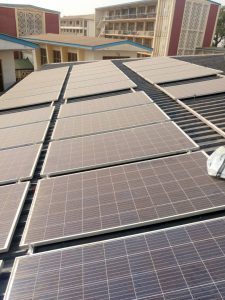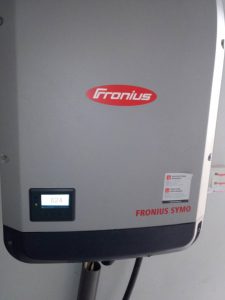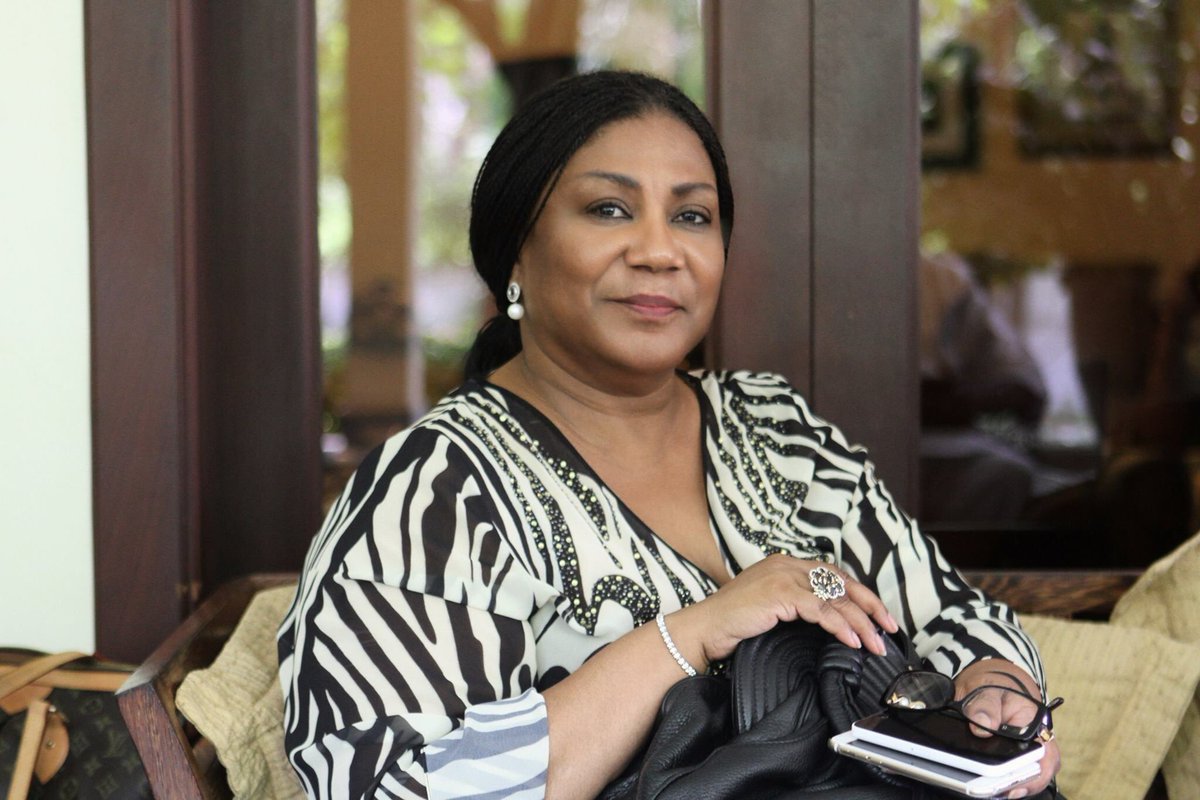
Newly completed Mother & Baby unit at KATH,Kumasi-Ghana
The recently constructed Mother and Baby Unit (MBU) at the Komfo Anokye Teaching Hospital in Kumasi has five different sources of power, namely national electricity grid (ECG), backup battery bank, the KATH’s main generators, the facility’s own generator and a state of the art Grid-tied solar power system.The MBU’s power system is configured to prioritize solar as the main power source. In the heart of the solar design is a 3 phase 20Kw Fronuis Symo inverter. Grid-tied solar power systems dont require batteries and are the most cost effective to install.
Why The Fronuis Symo Inverter ?
The transformerless Fronius Symo is the ideal compact three-phase solar inverter for commercial applications of all sizes. The Fronius Symo is the clear commercial choice, boasting power classes from 10 kW to 25 kW, necessary features fully integrated, Fronius SuperFlex Design with dual MPPT, and a streamlined installation process. The SnapINverter hinge mounting system, lightweight inverter and easy commissioning app make installation possible in under fifteen minutes.
The installed solar power system is expected to save the hospital at least U$D 50,000 in electricity bills over the next five years.The savings could be utilized by other operations of the facility such as drugs,salaries and vehicle maintenance.
Ghana has The only Green hospital in Africa

polycrystalline solar panels installed on the roof of KATH,Kumasi
The USD 2.5 million ultra-modern facility, built in a record of five months, was spearheaded by Mrs Akufo-Addo and her team at the Rebecca Foundation, following the Multimedia’s Seth Kwame Boateng’s “Next to die” documentary on the deplorable conditions mothers and babies who attended the hospital for healthcare were going through.The world class facility that had earned EDGE certification, from a group affiliated to the IFC/ World Bank, for being the only green hospital in Africa, covers a total build area of 2,722 square meters, with an internal indoor area of 1,724 metre square, instead of the old MBU that had 350 metre square.
The building, which would house the Maternity, Neonatal and Paediatric Intensive care and operating theatres of the Hospital, had been built to withstand earthquakes, fires and explosions and has temperature insulation and noise isolation capabilities.It also has been well equipped with nine birthing beds instead of the former two at the old MBU, with three operating theatres, 130 baby cots.
What can Ghana learn from this project ?

20kva Fronuis inverter comes with 5 year warranty & was commissioned by Nocheski Solar
With 11 paediatric beds, two infant ventilators, filtered fresh air and independent post-delivery and post operatory rooms while the faucets, showers and toilets use low volume of water.The 2.5 million dollar facility is expected to help reduce the high infant and maternal mortality that is being recorded by the KATH over the years due to lack of space and hospital equipment.The First Lady Rebecca Akufo-Addo and her Foundation partnered The Multimedia Group and many other partners to raise funds for the project.Nocheski Solar would like to congratulate H.E Mrs. Rebecca Akufo-Addo,Rebecca Foundation and all the project partners for investing in a Fronuis Grid-tied solar power system for the project.We believe this is worthy of emulation by other organizations across the nation who may want to make enormous savings on electricity in the future.Further enquiries may be made by calling a product specialist on +233244270092 or email [email protected].
Take a glimpse of the installation in Kumasi in this short video




